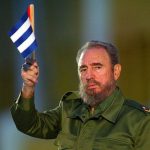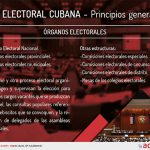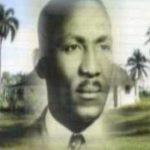History does not specify it, but it can be imagined that like an announcing miracle, the waves of the sea were in tune when they broke, on September 11, 1876, when Antonio María Romeu was born. It was near the saltpeter, the sharp stones and the immense blue, in Jibacoa, today a Popular Council of the Mayabeque province.
He would grow fast, and his work would grow even faster. He was eight years old when Joaquín Mariano Martínez, a priest, taught him music and theory, in such a way that at ten he was playing dances.
He brought the piano to Leopoldo Cervantes’ Danzon group, becoming the creator of the orchestra called “French charanga”. His art was recurrent in the cafes, to which the public came enthusiastically. Between 1910-1920 he formed his own orchestra, with which he recorded in acoustic technology of the time.
He is considered the best danzon writer who has ever written for the five-key wooden flute, a great musician, with an all-encompassing talent that allowed him to get off the piano and “do wonders.” However, his nickname was none other, “El Mago de las Teclas”, for his mastery of the piano, composition of more than five hundred songs, and support for the consecration of the danzón.
For this genre he made arrangements to Creole songs such as Guarina de Garay, I’m afraid to love you from Villalón, Mares and Arenas de Ruiz, Mercedes de Corona and Perla Marina de Garay. His awards were many, the highest always the admiration and acceptance of an entire public.
Outside Cuba, the success did not stop being the same, and the masterfulness distributed touched more ears and made its way into history. That is why, more than a century and a half after its birth, we continue to ask ourselves, would the waves be in tune that September 11?





